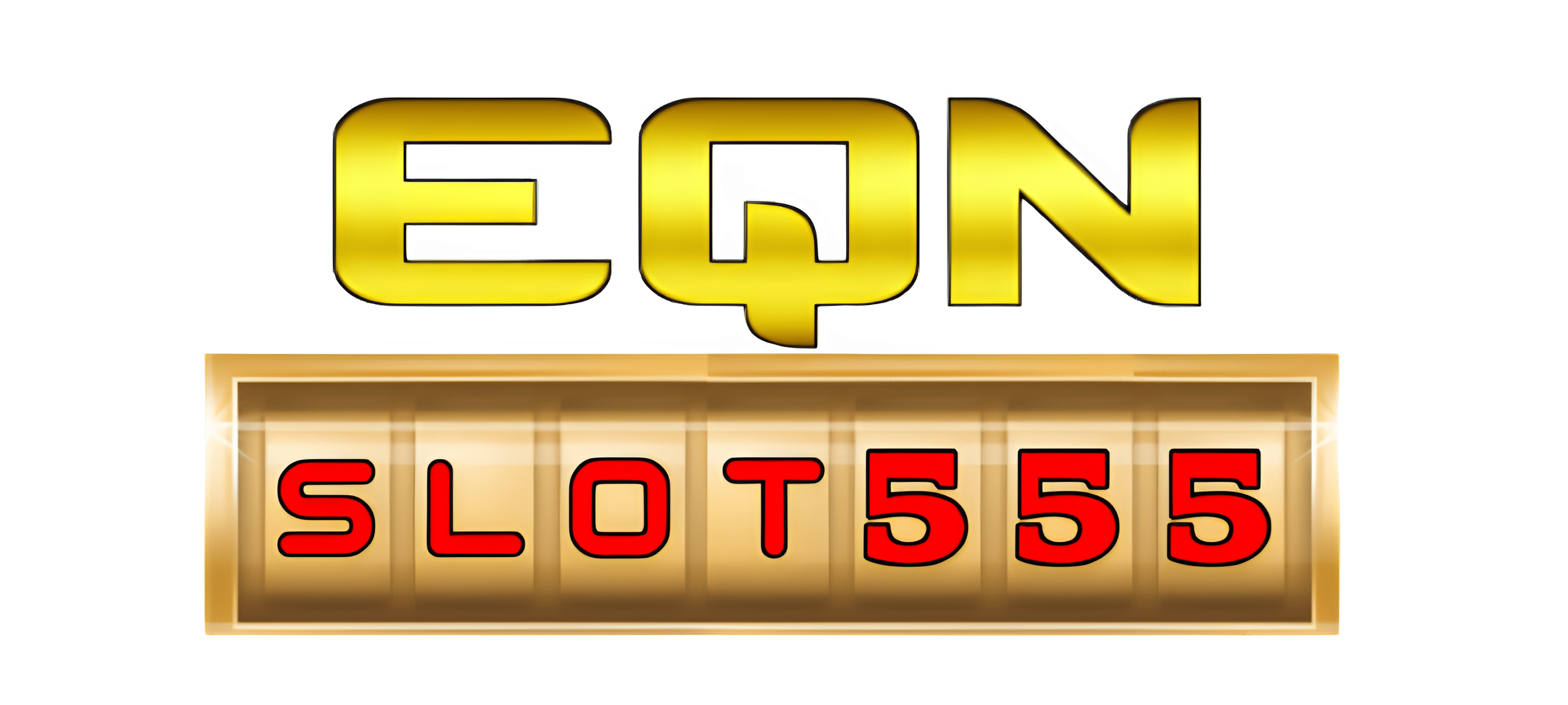
Exploring Innovative Crypto Trading Models
The cryptocurrency market has become a dynamic environment attracting traders of all levels of expertise. As digital currencies have gained prominence, various trading models have emerged, each offering unique strategies and methodologies. Understanding these crypto trading models is essential for traders aiming to navigate this volatile market effectively. One of the most comprehensive resources for keeping up with these advancements is the recent unveiling of the Crypto Trading Models https://www.globenewswire.com/news-release/2018/10/23/1625746/0/en/Web-Global-Holdings-Inc-Unveils-New-CryptoCake-Streaming-TV-Channel-at-World-Crypto-Con-2018-in-Las-Vegas.html.
In this article, we will delve into various crypto trading models, examining their methodologies, advantages, and challenges. By gaining insight into these models, traders can make informed decisions, optimize their strategies, and ultimately enhance their trading effectiveness in the ever-evolving landscape of cryptocurrencies.
1. Fundamental Analysis Trading Model
Fundamental analysis (FA) focuses on evaluating the intrinsic value of a cryptocurrency by analyzing related economic, financial, and other qualitative and quantitative factors. Traders utilizing this model assess the overall health of a project by looking at aspects such as technology, team experience, market demand, and overall market conditions.
This model involves extensive research on whitepapers, project updates, partnerships, and developments within the industry. The advantage of FA is that it provides a long-term perspective, allowing traders to identify potentially undervalued assets. However, the challenge lies in the subjective nature of analysis and the potential for misinformation.
2. Technical Analysis Trading Model

In contrast to fundamental analysis, the technical analysis (TA) trading model relies on past market data, primarily price and volume, to predict future market movements. Traders use various charting tools and indicators (e.g., moving averages, Bollinger Bands, RSI) to identify trends and potential entry and exit points.
The strength of the TA model is its quantitative approach, providing traders with clear signals based on price action. However, the downside is that it may not account for sudden market events that can lead to unforeseen price movements, potentially resulting in losses.
3. Quantitative Trading Model
Quantitative trading models employ statistical techniques and algorithms to make trading decisions. Traders using this model rely on programming and data analysis to identify trends, execute trades, and manage risk. This approach often involves high-frequency trading (HFT) and the use of sophisticated trading bots.
The primary advantage of quantitative trading is its ability to process large datasets quickly, identifying opportunities that might be missed by manual traders. However, it requires a strong mathematical background and can be resource-intensive, posing barriers for individual traders.
4. Arbitrage Trading Model
Arbitrage trading involves taking advantage of price discrepancies between different exchanges or markets. Traders buy an asset at a lower price on one platform and sell it at a higher price on another. This model relies heavily on market efficiency and speed, as price discrepancies often exist only for a brief period.

The appeal of arbitrage lies in its potential to generate risk-free profits. However, challenges include transaction fees, transfer times, and the necessity for sophisticated tools to monitor multiple exchanges simultaneously.
5. Sentiment Analysis Trading Model
The sentiment analysis trading model leverages social media sentiment, news, and public opinion to gauge market mood. Traders using sentiment analysis look for patterns in social behavior, determining whether the crowd is bullish or bearish about a cryptocurrency.
By anticipating market movements from collective sentiment, traders can position themselves advantageously. However, this model can be unpredictable as public sentiment may switch rapidly in reaction to news or events.
Conclusion
Each crypto trading model possesses its own advantages and challenges, and the choice of model often boils down to personal preference, risk tolerance, and trading goals. As the cryptocurrency market continues to evolve, staying updated on new developments, tools, and best practices is crucial for success. With an understanding of these models, traders are better positioned to make strategic decisions in their trading endeavors.
In summary, the world of cryptocurrency trading is multifaceted and filled with opportunities for both novice and seasoned traders alike. By exploring various crypto trading models, traders can enhance their strategies and navigate this dynamic marketplace with greater confidence.
